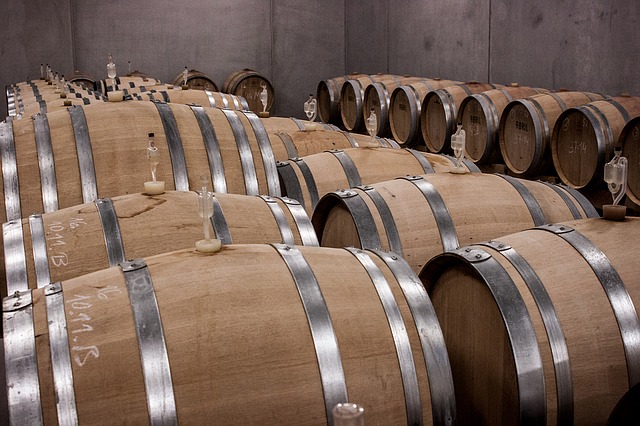If you live in an area with a pretty well-stocked liquor store, you may have seen a few slightly nondescript bottles of whisky chilling behind the counter. These are "independent bottlings," and if you're a scotch drinker in particular, they may be of some interest to you.
There's a lot to talk about when it comes to independent bottlings, so we're going to break these articles down into a few parts. Today, we'll cover perhaps the most fundamental topic: what is an independent bottling in the first place, and why do distillers do it at all? Later, I'll talk more specifically about why I really like them and even later (and somewhat paradoxically), why I'm not going to cover that many of them on this site.
So what exactly Is an IB?
Most of us are pretty familiar with the way that a distillery makes money: it creates a spirit, bottles it, and sells it as a finished product. The reality is that distilleries work on the business-to-business side as much as they do the business-to-consumer side. In some cases, distilleries are primarily contractors, and the bulk of their output goes to be blended into something bigger. For many distilleries, they're purely in the business of filling barrels and selling them off.
Even well-known outfits like Macallan or Lagavulin, however, can and do sell barrels. Distillers who have branded themselves to deliver a particular profile or signature set of tastes / aromas might find that they have a few barrels in the warehouse that fall outside of their parameters. Maybe they're too heavily oaked, too sherry-forward, too peaty, too floral—whatever. Consistency is key. To name but one example, people know what Balvenie 12 tastes like and expect each new bottle to taste like the last. It's not too different from the reasons why the band Europe plays "Final Countdown" at the beginning and end of every concert. They know why people are there.
So rather than have oddball barrels sit around and take up space, a distiller can sell off anything it doesn't have a plan for. Maybe they simply don't have enough of any one type of flavor / cask profile to do a full, worldwide production run. In other cases, the barrels can shore up some quick cash. Pardon the pun, but barrels full of aging whisky are quite truly a liquid asset. If the distillery needs to finance operations, offset overproduction in a certain year, or if they sense a decrease in demand, they can turn to the B2B market for a quick solution.
The Secondary Market
Who knows what the future holds?
Independent bottlers are companies that see the value in these ugly ducklings. In many cases, they continue to hold onto these casks well into the future, and rather than release them at arbitrary ages (i.e., 12 years) or targeted at a particular kind of taste or profile, they can simply release it when they think the spirit has become really tasty or interesting. It isn't uncommon to see oddities like 8-year-old Talisker or unsherried Macallan turn up as IBs.
In turn, companies/brands like Signatory, Gordon & MacPhail, Cadenhead's, and Hepburn's Choice (to name just a few) will sell smaller runs of stranger, more limited stock to consumers who are perfectly happy trying more ephemeral products. While you don't get the same degree of taste consistency from bottle to bottle, you often do get better value and the chance to try offerings from distilleries that wouldn't have been possible otherwise.
Naturally, there's a bit of a gamble present here: some bottles are better than others, and while some bottles might have the same quality and profile you expect from the distillery (for example: something mildly smoky and sweet from an independent Highland Park), others might not. And while it's rare, sometimes you get an outright stinker.
Okay, so what?
Now that we've talked a fair amount about what IBs are, let's save the discussion about why I really like them for part 2, and (oddly enough), why I'm not going to review them on this site in part 3.
★



